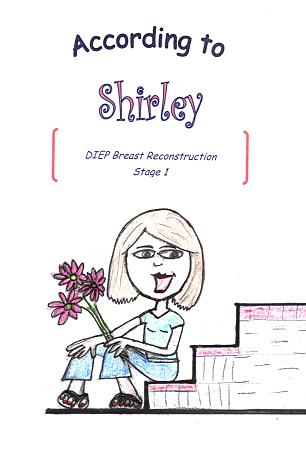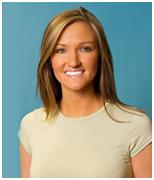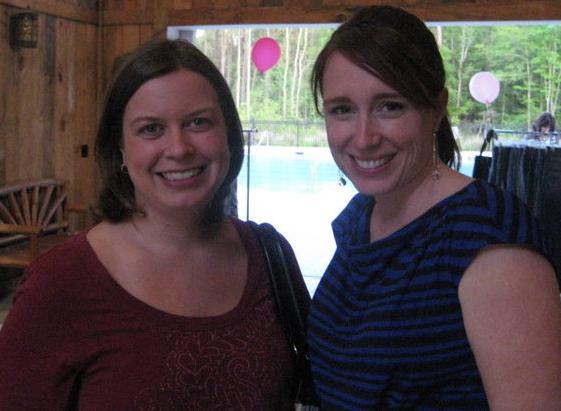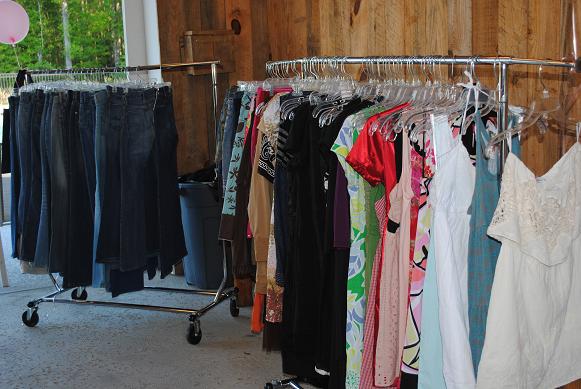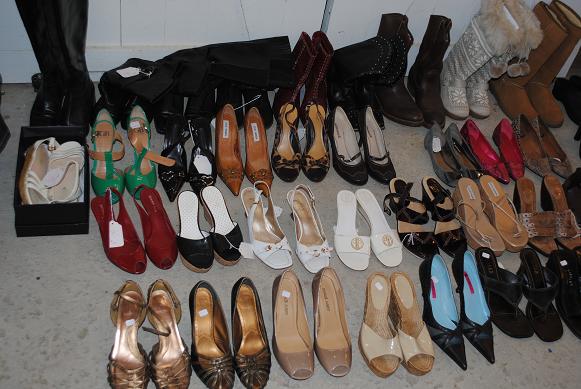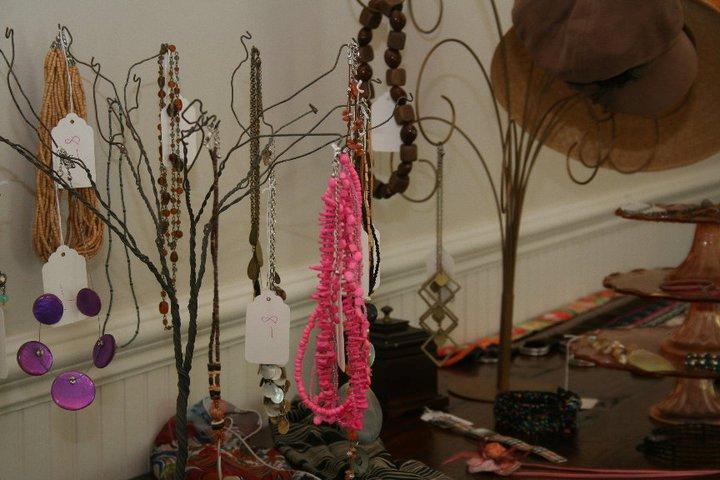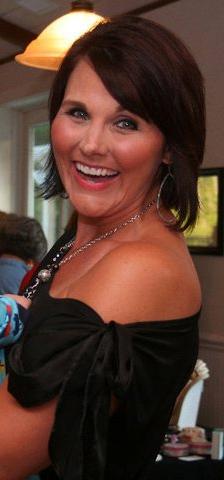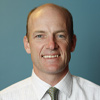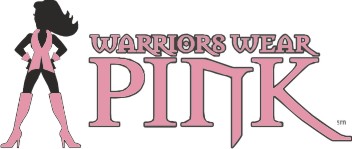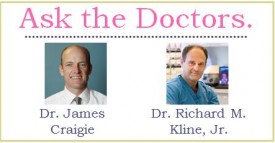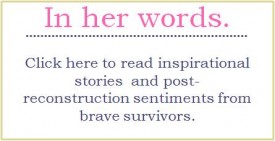Dear Sister in this Journey,
My name is Shirley. I have just undergone a double mastectomy and breast reconstructive surgery as a result of having breast cancer. I am one of the fortunate ones who did not have to endure chemotherapy, as well.
My cancer was in my left breast, but I chose to have a double mastectomy to mitigate future risk of recurrence. Based on the reputation and firsthand knowledge I had of Dr. Kline and Dr. Craigie, I chose the Center for Natural Breast Reconstruction to take care of my small, but precious bosoms.
Once the decision was made to move forward with bilateral DIEP reconstruction surgery, I was given a patient handbook that provided information about what to do pre and post surgery. No offense to the medical team that put together a technically comprehensive document, but boy did they leave out a lot of information that would have been helpful! The kinds of things that, really, only a patient would know.
So, I thought I’d write about my personal experiences to share with others—maybe it will help those who are about to undergo a DIEP reconstruction procedure to be more prepared and know more about what to expect. If you would like a copy of my booklet, get in touch with the center at www.naturalbreastreconstruction.com, they’ll be happy to give you one.
It’s all from my perspective and I hope it helps in understanding what will happen. And I hope it helps keep others positive as they face the surgery.
Good luck on your Journey!
Most sincerely,
Shirley Trainor-Thomas
Breast Cancer Survivor
Hodgkin’s Lymphoma Survivor
Reconstruction Success Story
Did you find Shirley’s story inspirational and know of others who will? Share it with your friends on Facebook.
